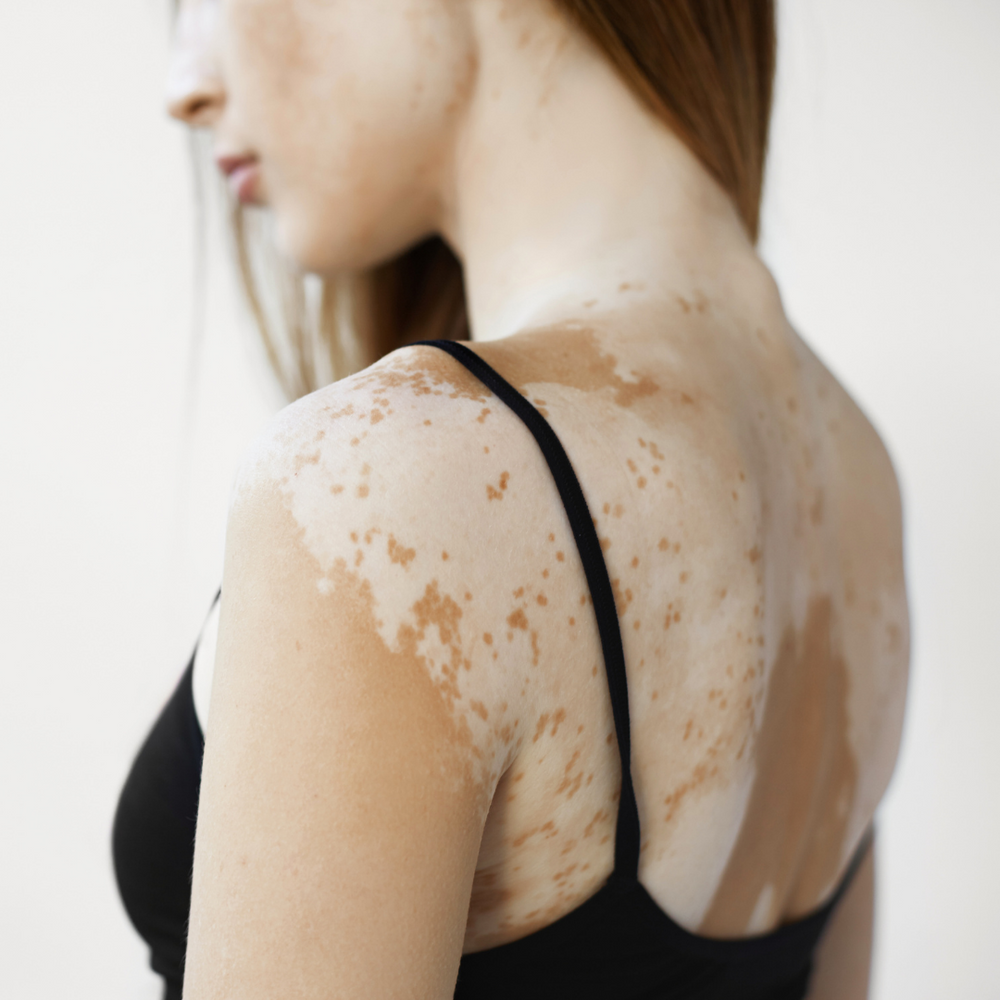Hypopigmentation (Vitiligo and Albinism)

What Is Hypopigmentation?
Hypopigmentation is the result of a reduction in melanin production.
Examples of hypopigmentation include:
Vitiligo
Vitiligo causes smooth, white patches on the skin. In some people, these patches can appear all over the body. It is an autoimmune disorder in which the pigment-producing cells are damaged. There is no cure for vitiligo, but there are several treatments, including cosmetic cover-ups, corticosteroid creams, or light treatments.
Albinism
Albinism is an inherited disorder caused by the absence of an enzyme that produces melanin. This results in a complete lack of pigmentation in skin, hair, or eyes. Albinos have an abnormal gene that restricts the body from producing melanin. There is no cure for albinism. People with albinism should use a sunscreen at all times because they are much more likely to get sun damage and skin cancer. This disorder can occur in any race, but is most common among whites.
Pigmentation Loss As a Result Of Skin Damage
If you’ve had a skin infection, blisters, burns or other trauma to your skin, you may have a loss of pigmentation in the affected area. The good news with this type of pigment loss is that it’s frequently not permanent, but it may take a long time to repigment. Cosmetics can be used to cover the area, while the body regenerates the pigment.
Products
View all

